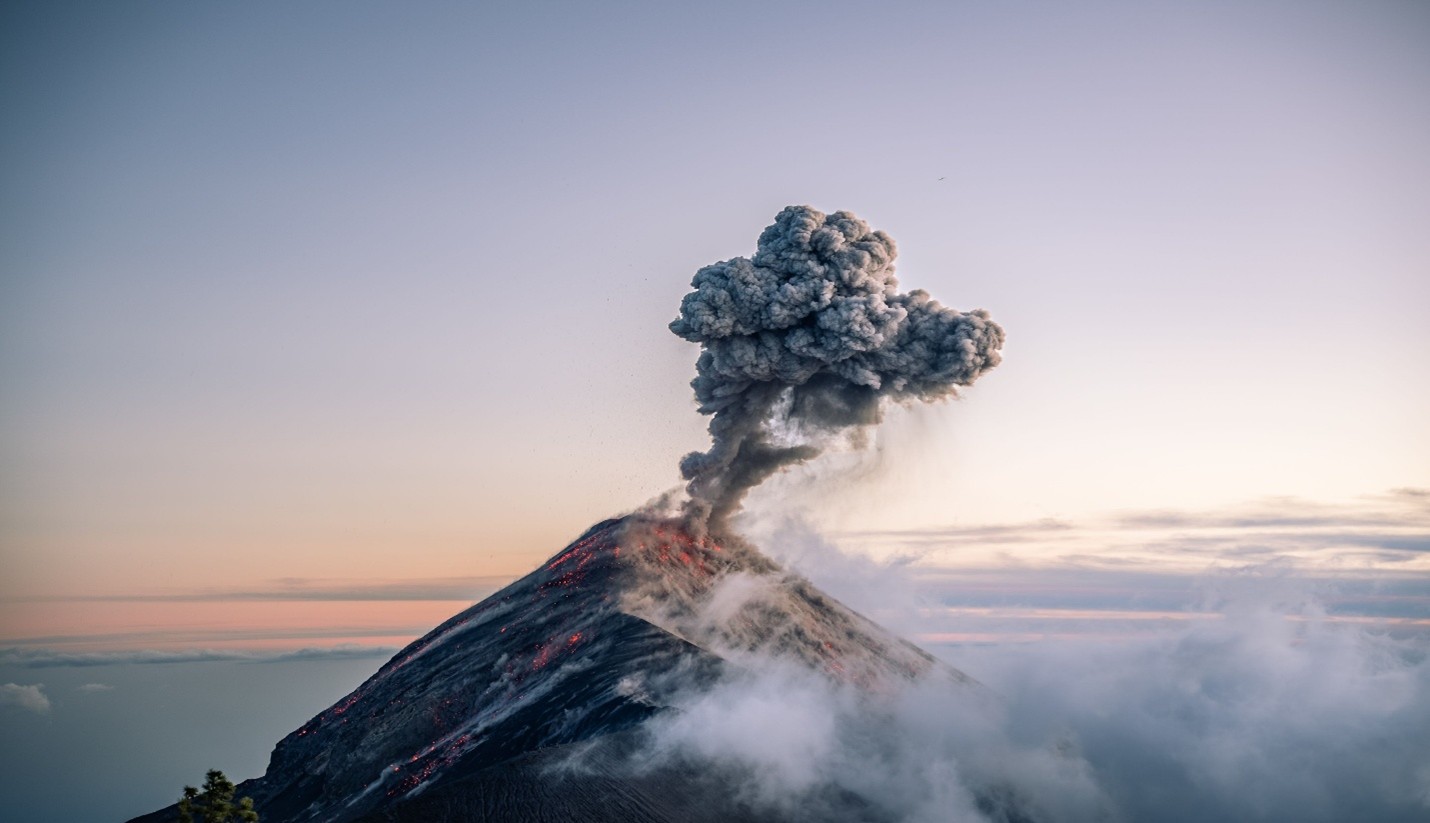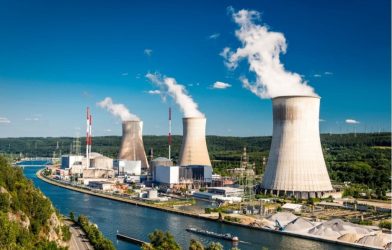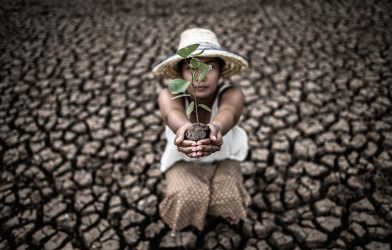Volcanoes are among the most striking reminders of Earth’s natural power. They shape landscapes, influence climate, and affect the lives of millions of people. While eruptions can be devastating, they also play a crucial role in the planet’s long-term ecological and geological balance. Beyond their visual spectacle, volcanoes have measurable effects on global temperatures, air travel, agriculture, and local economies. Understanding these impacts helps explain why volcanoes are both a threat and a source of renewal.
A Dual Impact on the Environment
When a volcano erupts, the immediate environmental effects are often destructive. Lava flows, ash clouds, and gas emissions can destroy forests, contaminate water, and displace communities. However, in the long term, volcanic activity also sustains life. The minerals released from eruptions enrich surrounding soils, making them among the most fertile on Earth. Many agricultural regions, including parts of Italy, Indonesia, and Japan, depend on volcanic soil to produce crops such as coffee, rice, and grapes.
Volcanoes also interact directly with the atmosphere. Large eruptions release sulfur dioxide, which forms fine particles known as aerosols. These aerosols reflect sunlight, leading to temporary global cooling. One of the most significant examples occurred in 1991, when the eruption of Mount Pinatubo in the Philippines lowered global temperatures by about half a degree Celsius for more than a year. While such cooling is short-lived, it demonstrates how volcanoes can influence climate systems on a global scale.
Economic Disruption and Recovery
The economic consequences of volcanic eruptions vary widely depending on location, population density, and preparedness. The most immediate costs come from damage to infrastructure, housing, and agriculture. Ash clouds can ground air traffic for days, disrupt supply chains, and reduce tourism. The 2010 eruption of Iceland’s Eyjafjallajökull volcano caused one of the largest air travel shutdowns in modern history, affecting more than 100,000 flights and costing airlines an estimated 1.7 billion dollars.
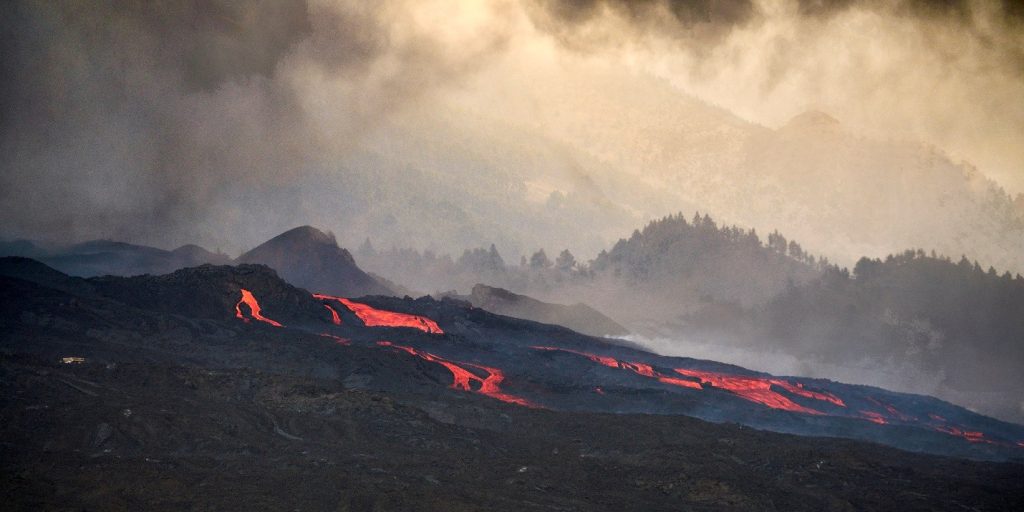
However, volcanic regions also demonstrate remarkable resilience. Reconstruction efforts often lead to renewed investment in housing, transport, and energy infrastructure. In some cases, volcanic areas become tourist destinations, providing long-term economic benefits that outweigh short-term losses. For example, Mount Vesuvius near Naples, Italy, and Mount Fuji in Japan attract millions of visitors each year, supporting local hospitality industries and preserving cultural heritage linked to volcanic landscapes.
Volcanoes as a Resource for Sustainable Energy
Beyond their dramatic eruptions, volcanoes offer one of the most promising sources of renewable energy: geothermal power. The heat trapped beneath the Earth’s crust can be converted into electricity and heating. Countries such as Iceland, New Zealand, and Kenya have successfully harnessed geothermal resources to reduce dependence on fossil fuels. In Iceland, geothermal plants supply nearly one-third of the nation’s electricity and heat 90 percent of homes. This model illustrates how volcanic activity, often seen as a threat, can instead become a foundation for sustainable growth.
Developing geothermal energy requires significant upfront investment and careful environmental management, but it provides a stable, low-emission energy source. As the global energy transition accelerates, volcanic regions are likely to gain importance as natural hubs for clean power generation.
Adapting to a Volcanic Future
Roughly 800 million people live within 100 kilometers of an active volcano. Advances in monitoring and early warning systems have significantly reduced casualties in recent decades, but the economic challenges remain considerable. Building resilient infrastructure, diversifying local economies, and integrating disaster preparedness into urban planning are essential steps for communities living in volcanic zones. International cooperation through organizations such as the United Nations Office for Disaster Risk Reduction supports these efforts by providing data, training, and financial assistance.
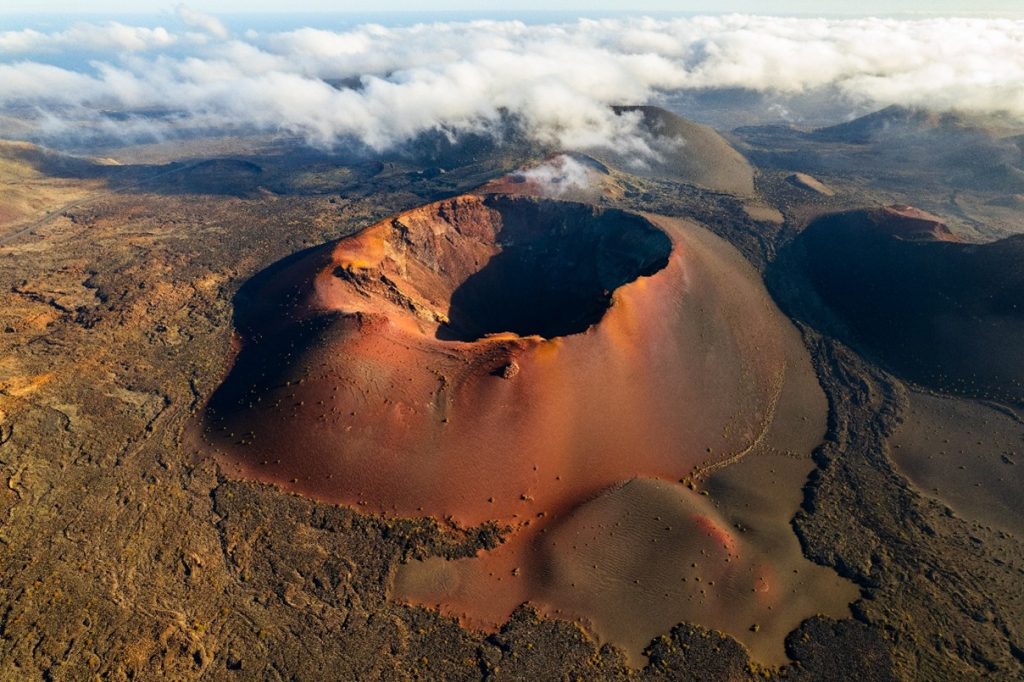
Volcanoes illustrate the complex relationship between nature and human society. They can disrupt economies, alter global climate, and challenge governments, yet they also sustain fertile lands, drive tourism, and provide renewable energy. The goal is not to control volcanoes, which is impossible, but to understand and coexist with them more intelligently. With better technology, planning, and investment, volcanic regions can transform natural risk into long-term opportunity. In this way, Earth’s fiery forces remind us that environmental power, when managed wisely, can become an ally in sustainable development.






